Significance
Xingang’s Fengtian Temple has undergone several renovations, most of which were carried out by craftsmen of the Cantonese school. As a consequence, the architecture exhibits Cantonese temple styles from a range of different periods. In particular, the work produced by renowned Cantonese school carpenter Ngo Hai-tong and the Koji pottery decorations in the Sanchuan Hall created by Ang Khun-hok are all artifacts of historic value. The Tiger God statue on the altar table is also unique because of the golden wreath it wears, bestowed by the Jiaqing Emperor of the Qing Dynasty. Duplicates of the statue have been acquired from Fengtian Temple and enshrined in hundreds of temples across Taiwan. On the birthday of the Tiger God, or Tiger General as he is known, worshippers return with the duplicate statues to pay homage to their original temple, leading to a festive event that gathers all the Tiger God statues in Taiwan under one roof. Another special feature of the temple is its traditional Heavenly Mother Pilgrimage, conducted during the Lantern Festival. The festival is an important annual folk activity in the Xingang area.
History
Fengtian Temple was built to enshrine the Heavenly Mother, Mazu. It was originally called Tianfei (Heavenly Princess) Temple when it was built by local residents in 1700, and later renamed Tianhou (Heavenly Empress) Temple. However, the temple was damaged in a series of floods caused by course changes in the Ponkan River (today’s Beigang River). In 1799, it was finally destroyed by a massive flood. Naval Commander Wang De-lu (1770 – 1842) subsequently donated money to have a new temple constructed and the resulting Fengtian Temple was completed in 1811. This was not the final calamity to befall the temple, however. In 1895, the Sanchuan Hall of the temple collapsed in a major earthquake. The worship hall and the main hall were tilted and the columns of the rear hall were also broken. Reconstruction and renovations began in the following year. In 1912, Ngo Hai-tong, the renowned temple builder from Taipei, was hired to lead a team to repair the severely damaged temple structures. The present appearance of the temple is the result of Ngo’s reconstruction along with a number of expansions. Designated by the Chiayi County Government as a historic site, the temple maintains a tradition of conducting a Mazu pilgrimage around the eighteen neighboring villages during the Lantern Festival in the first lunar month of each year. The pilgrimage covers a large area, including Xingang and Xikou Townships in Chiayi County and Yuanchang and Beigang Townships in Yunlin County. It passes dozens of temples on the way and is one of the major religious events of the Yunlin-Chiayi region.
Special Features
1Hand-painted Pottery Work
Shuixian Temple contains a great deal of hand-painted pottery murals made during the 1948 restoration. One of the major pieces is Prosperity (fùguìtúkǎo), a mural located at the back of the main hall. Prosperity depicts the prosperous life of a famous Tang dynasty general, Guo Zi-Yi (697/698-781 AD) in his old age. Other murals in the main hall depict historical tales demonstrating filial piety and loyalty as well as historical events. Some are peeling badly and almost unidentifiable. The peeling, caused by decades of efflorescence, gives the murals an aged beauty. The pottery sculptures were created by master sculptor Jiang Qing-Lu (1914 – 1994) and painted by master painter Chen Yu-Feng (1900 – 1964). Such collaboration is rare in Taiwan. Along the sides of the front hallway are four murals depicting the stories of the four great beauties of ancient China. Though the murals are peeling, their beauty still shines through.
2Canopus and the Moon and The Birthday OfferingTwo murals grace the gables of the rear hall—Canopus and the Moon and The Birthday Offering. Created 160 years ago, these elegant and elaborate works of art are a fine example of the exquisite craftsmanship of the time.
3The Hand-painted Door Gods The door gods are painted on the six door panels of Shuixian Temple, including the two panels of the main gate and the four panels of the two subsidiary doors in the Sanchuan (Front) Gate. These paintings are the most complete and best preserved of the works left by master painter Chen Yu-Feng. The gods’ countenances are spirited and energetic, authoritative without being grim. In 2009, a German conservator was invited to restore the paintings on the gates. It was the first time international museum standard restoration techniques were applied to the restoration of Taiwanese temple gates.
The door gods are painted on the six door panels of Shuixian Temple, including the two panels of the main gate and the four panels of the two subsidiary doors in the Sanchuan (Front) Gate. These paintings are the most complete and best preserved of the works left by master painter Chen Yu-Feng. The gods’ countenances are spirited and energetic, authoritative without being grim. In 2009, a German conservator was invited to restore the paintings on the gates. It was the first time international museum standard restoration techniques were applied to the restoration of Taiwanese temple gates.
4The Dragon Columns

The two dragon columns in the front hall are primitive in design and sparingly carved in a way that fosters a sense of rustic simplicity. They bear the inscription “the 45th year of the reign of Emperor Qianlong of the Qing dynasty,” or the year 1780. The columns were donated by Lin Kai-zhou, a scholar-official from Bengang. These significant historical artifacts have been present ever since the inauguration of the temple.
5The GablesThe gables on the sides of Shuixian Temple start from the Sanchuan Gate and extend past the front hallway, the worship pavilion, the main hall, and the rear colonnade all the way back to the rear hall. Swallowtail roof ridges curve upward, creating an interplay of elegant lines and layers. The connecting white gables are also linked by a thin protruding shelf called a bird’s roost (niǎotà) which runs along the side of the gable. Bird’s roosts were originally designed to prevent the walls below from getting drenched by rain but later evolved into an artistic element. The lines of the swallowtail rooftops and the bird’s roost create a lovely aesthetic effect.
Reminders
The mural in the rear hall, Canopus and the Moon, was created during the 1948 renovation. It is often not visible due to the offerings piled in front of it. To get a closer look at the mural, please ask the staff for assistance. The pottery sculptures and wall murals in the temple are fragile due to efflorescence. Visitors are asked to avoid touching them.
Panoramic
Directions